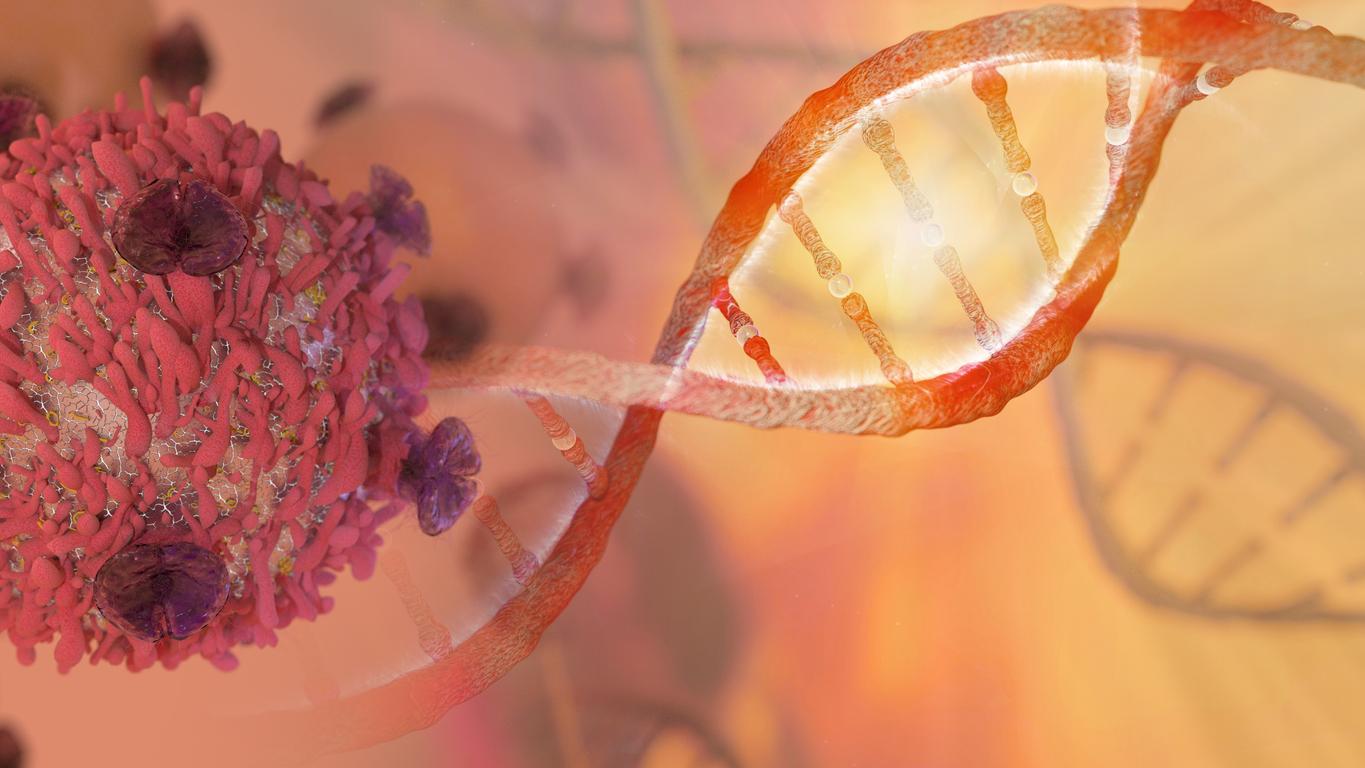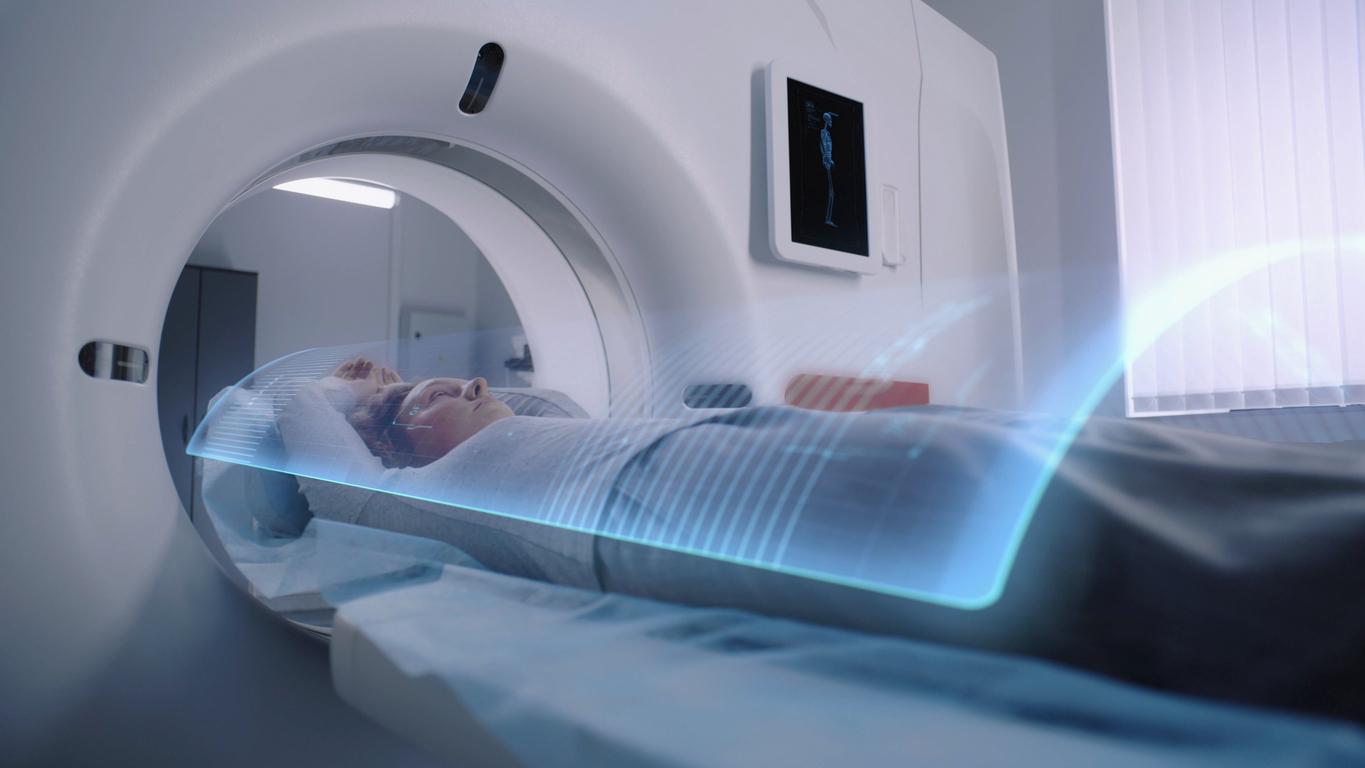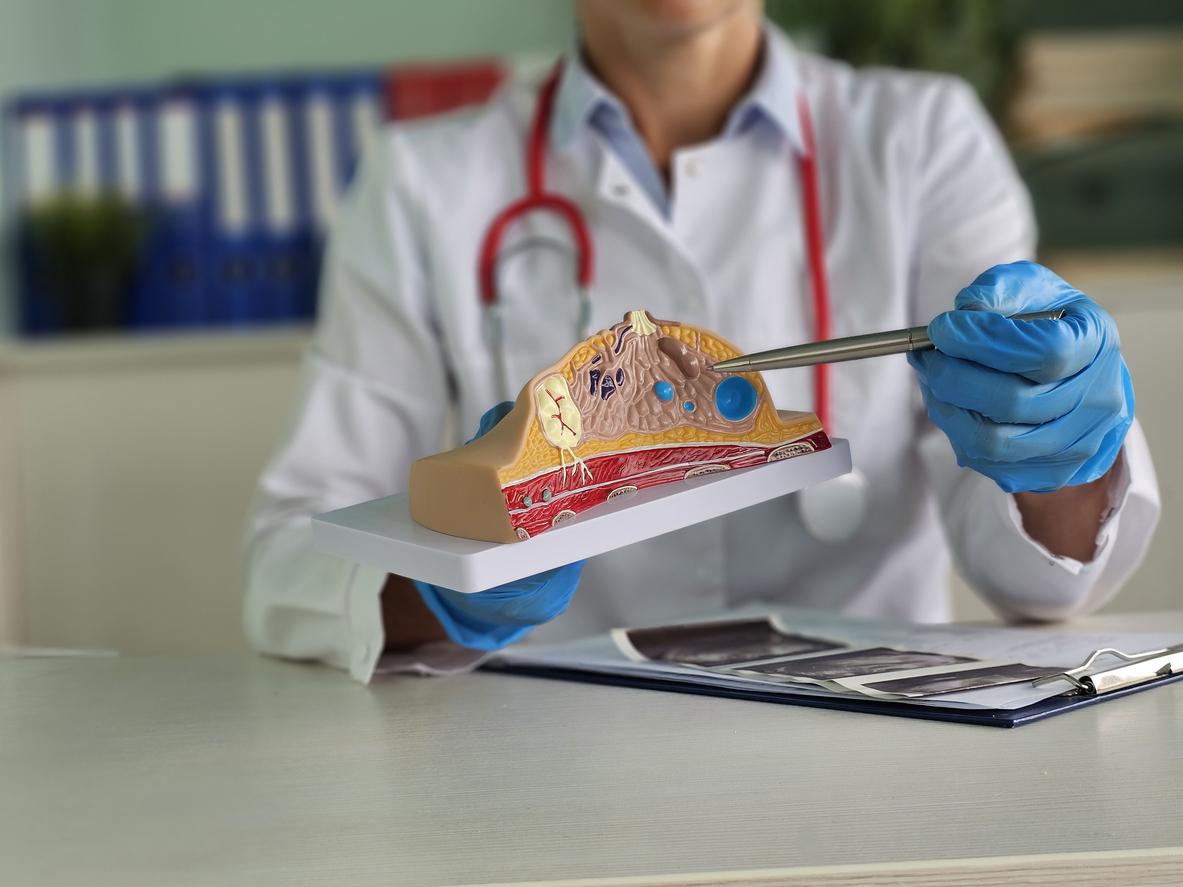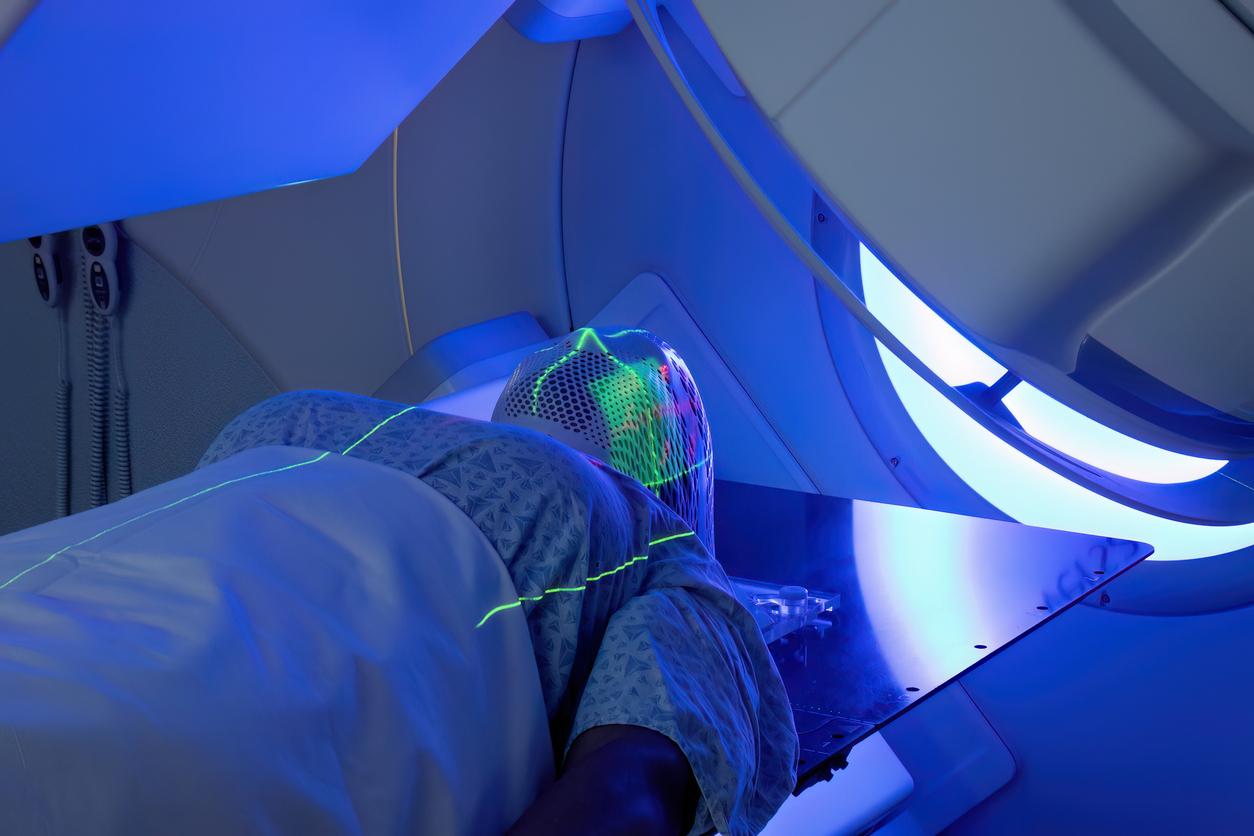
With 9.6 million deaths in 2018, cancers are the second leading cause of death in the world. February 4, World Cancer Day, is an opportunity to take stock of promising treatments.
Immunotherapy
Unlike chemotherapy, which directly attacks cancer cells, immunotherapy aims to stimulate patients’ immune defenses to kill cancer cells. But if this therapeutic strategy has revolutionized cancer management during the last decade, it is not effective on all patients (only 25%) or on all types of cancer. Christophe Le Tourneau, head of early clinical trials at the Institut Curie, one of the main French cancer research and treatment centers, indicates that the ambition is “to increase this percentage”. “Nearly 80% of molecules or therapeutic pathways in development for cancers are to be included in the field of immunotherapies,” said geneticist Axel Kahn, president of the League against cancer.
Vaccine
Vaccines with therapeutic, but not preventive, effect are currently being tested. This is the case of the French biotech Transgene, which is evaluating an anti-HPV virus vaccine (papillomavirus) combined with conventional immunotherapy; and another against the ENT sphere. This treatment “consists in making available to the immune system a kind of facial recognition”, based on the genetic mutations specific to the tumor of each patient, “so that this one identifies cancer cells and triggers a specific immune reaction”, details the Toulouse Oncopole. We talk about vaccination because the serum will seek to target the proteins expressed by tumor cells so that the body can be immunized against them.
Nanoparticles
Another promising avenue is to coat existing molecules in lipid “nanocapsules” so that the treatment directly attacks tumor cells and not healthy cells. “Conclusive” clinical trials conducted at the Institut Curie conclude that the injection of metallic nanobeads into the tumor also makes it possible to increase the effectiveness of radiotherapy.

















